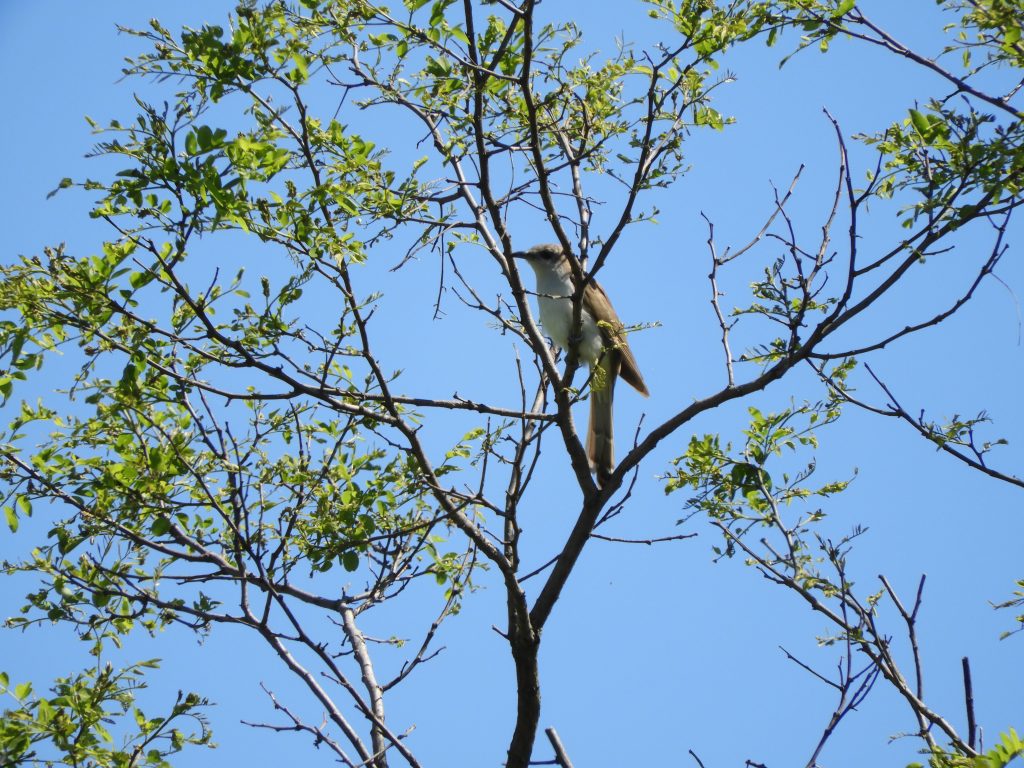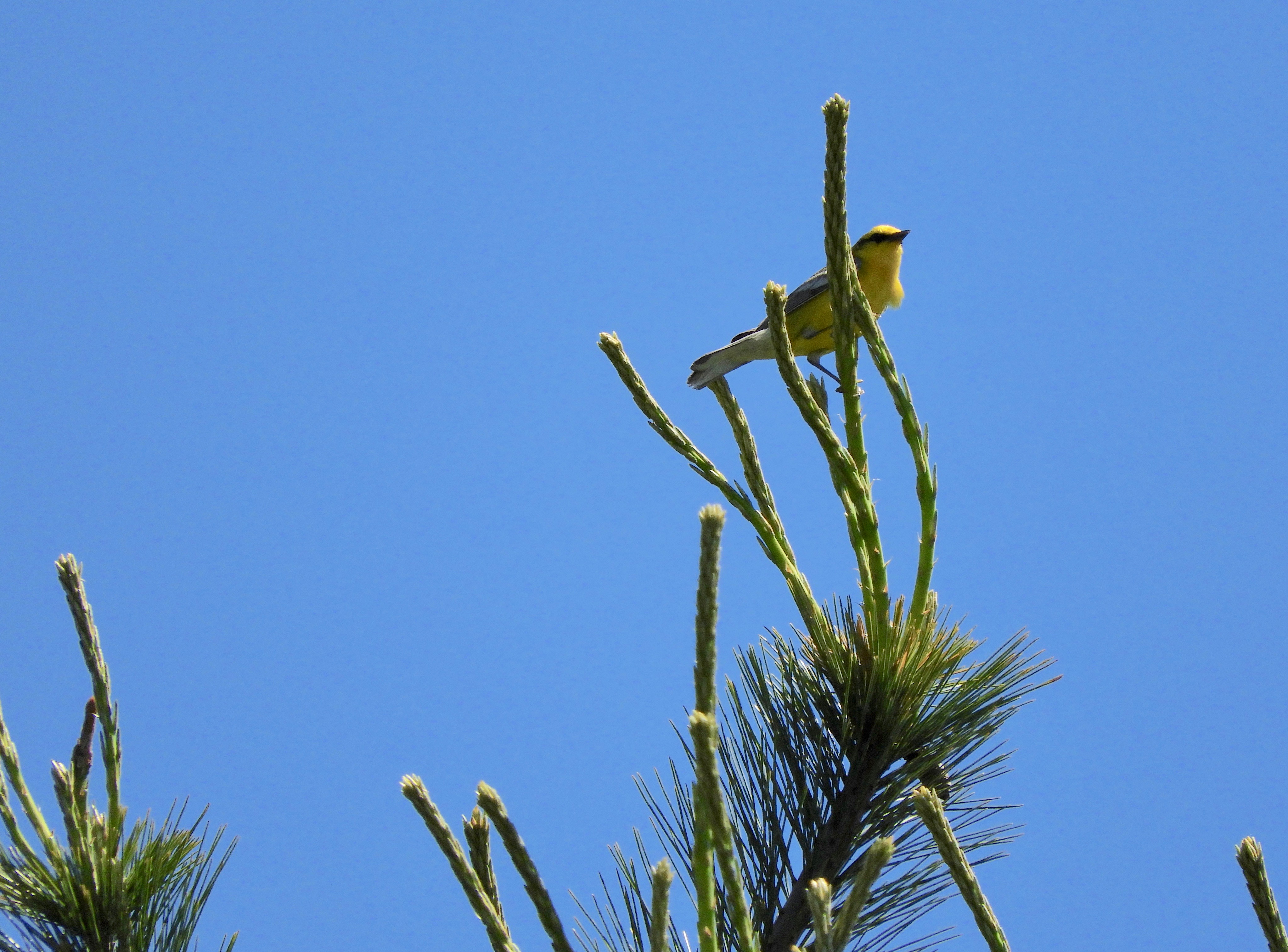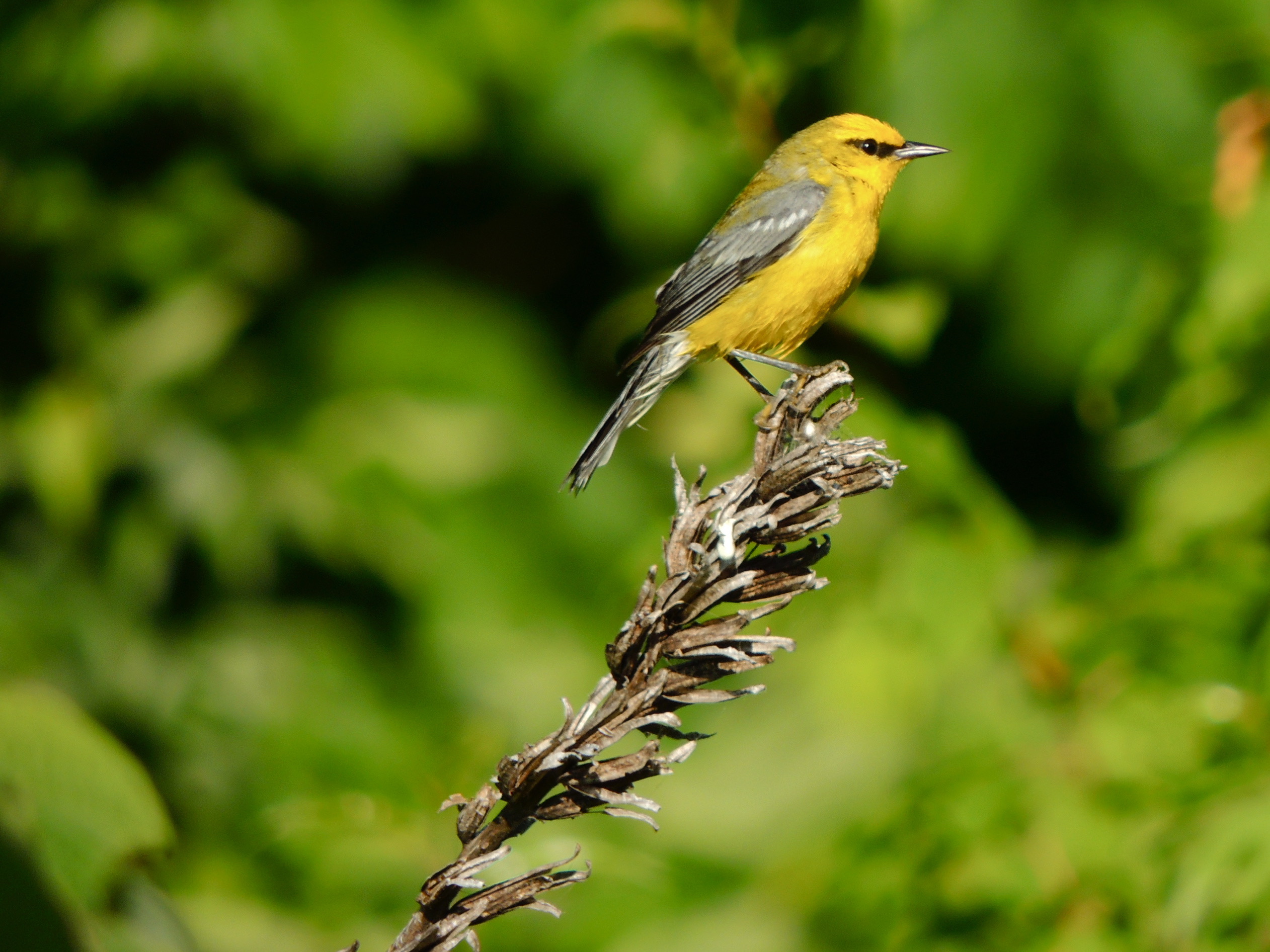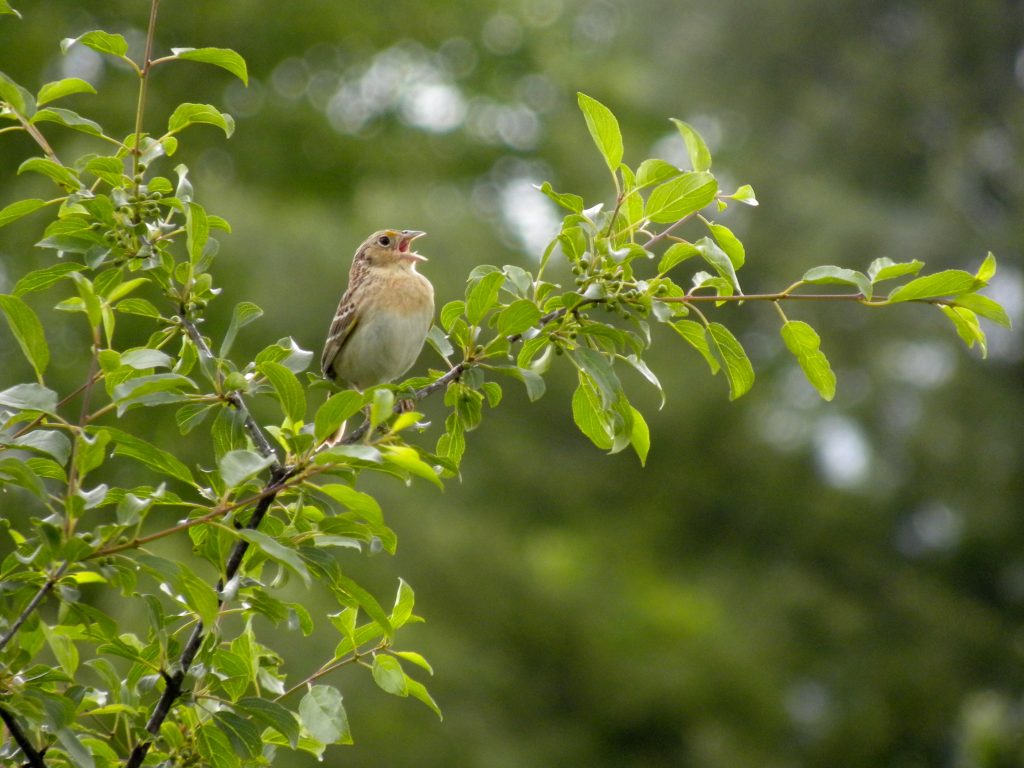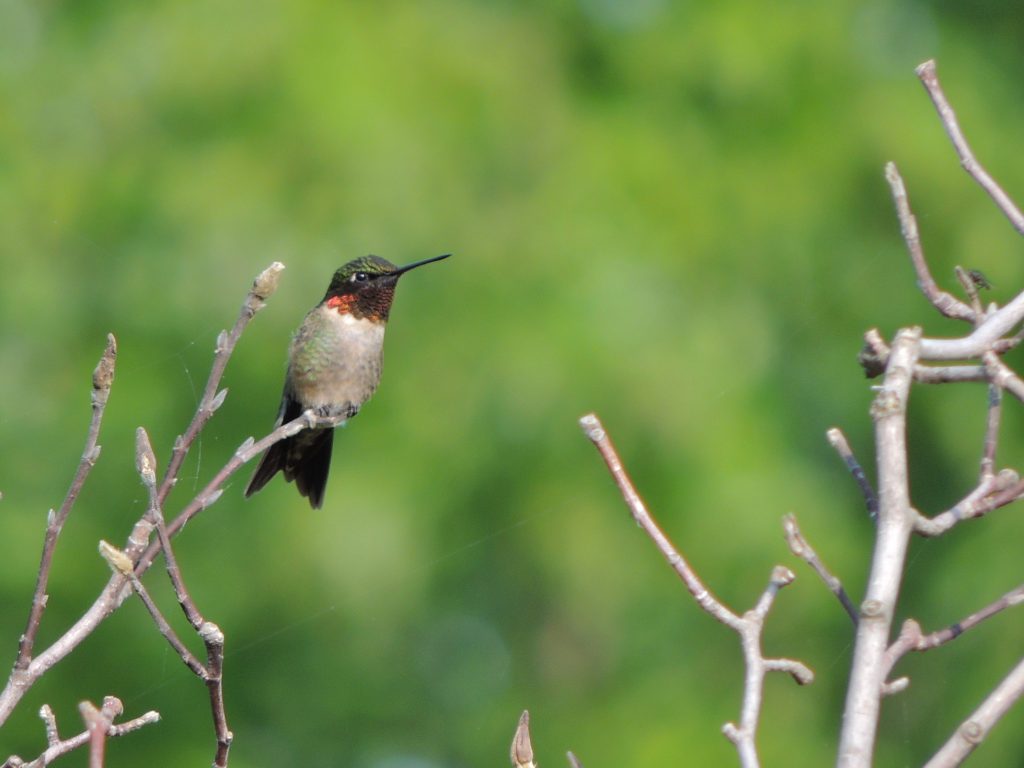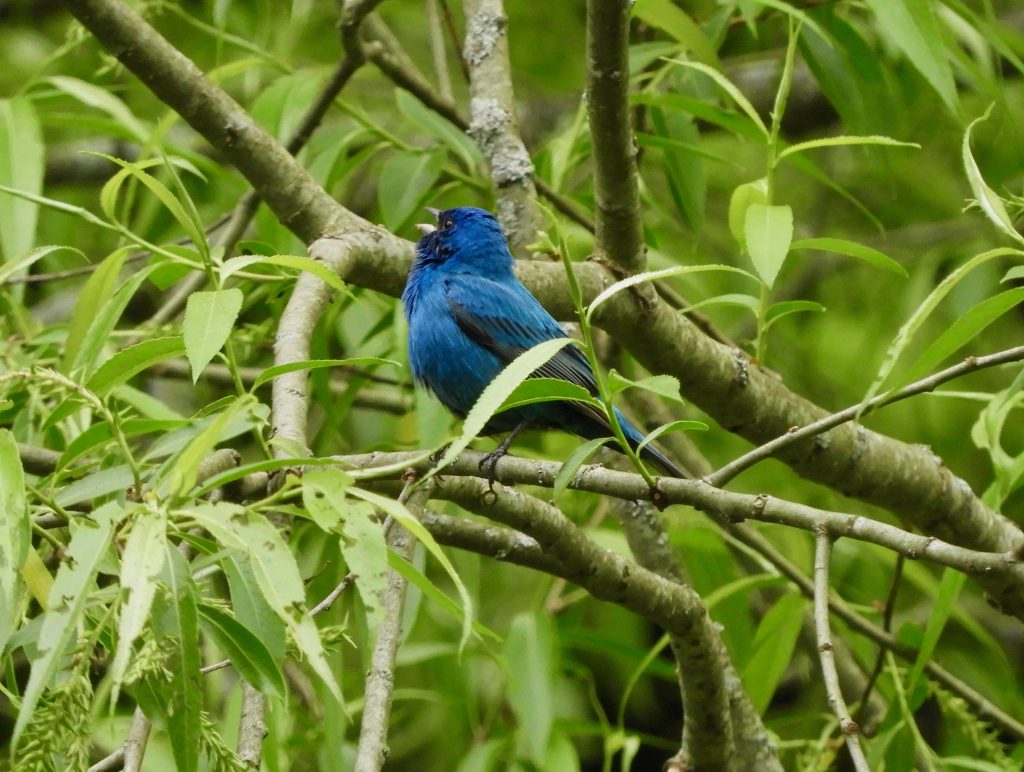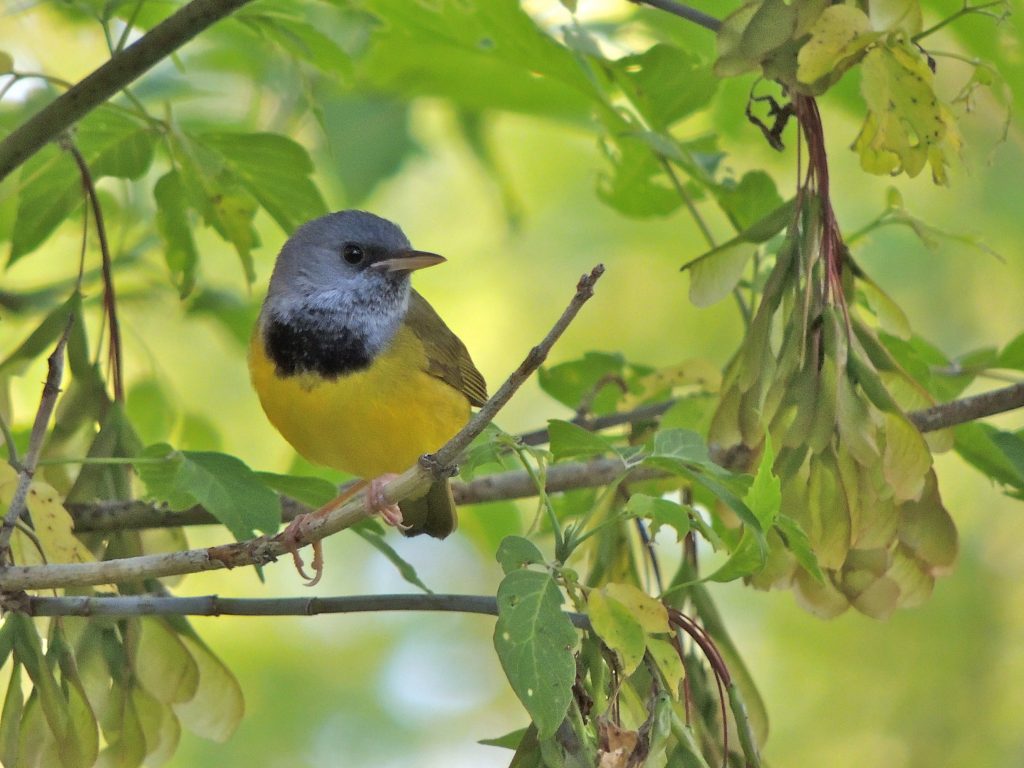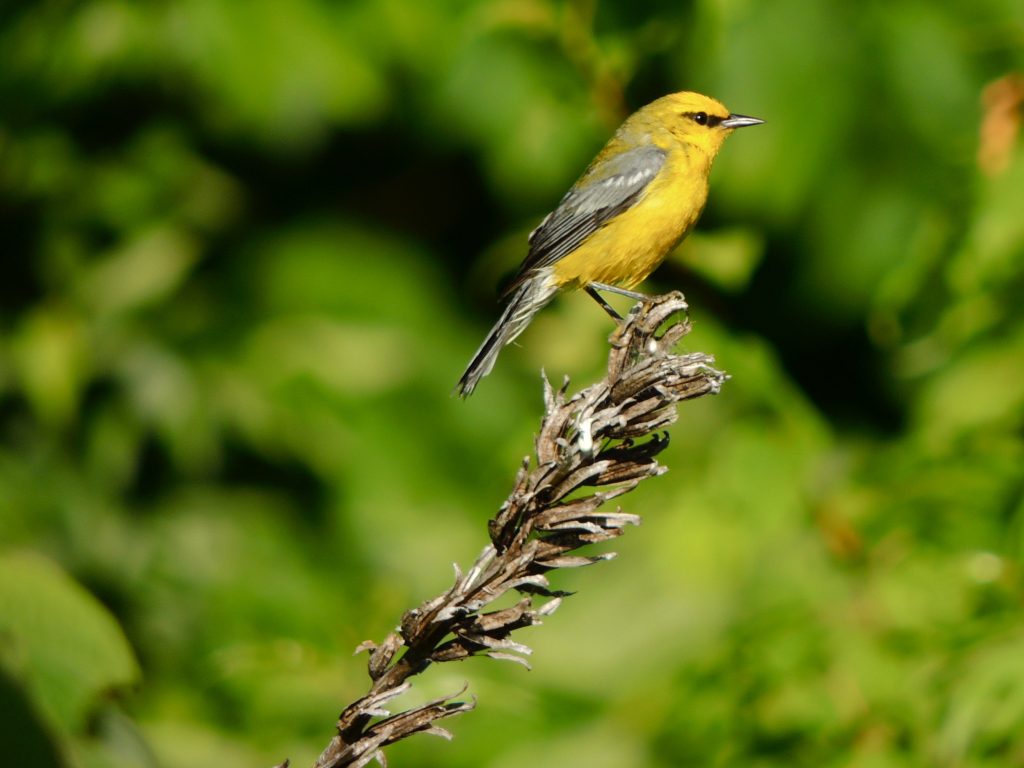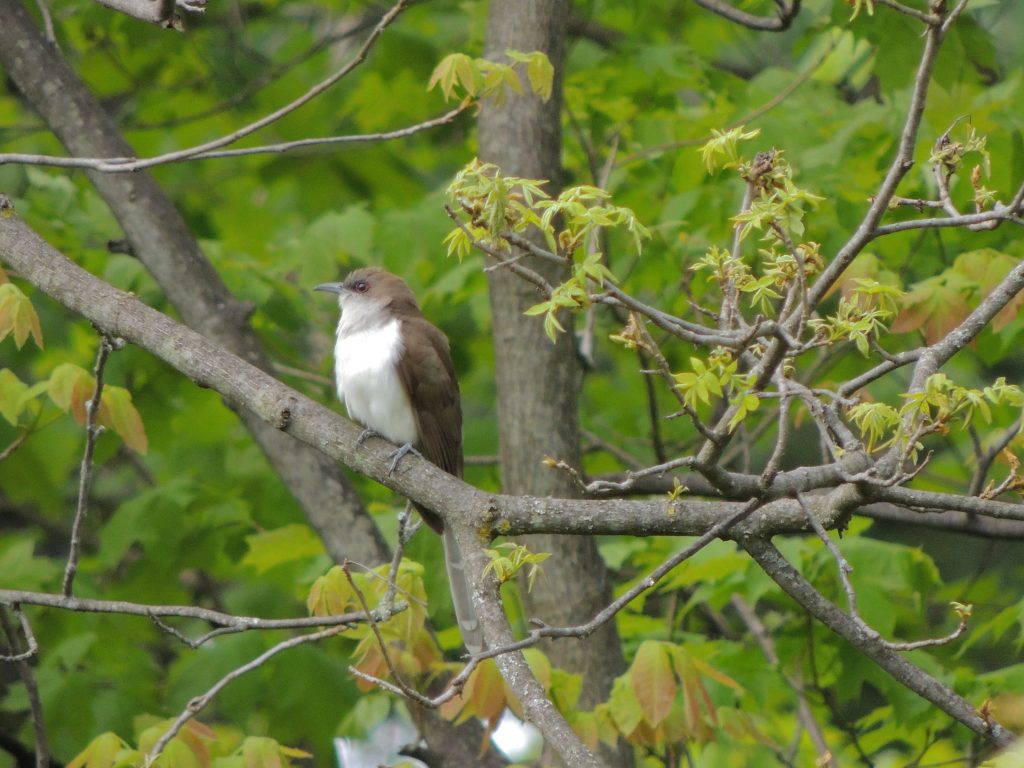June 16 2019. West Flamborough, ON. I woke early this morning, a little too early to jump out of bed, but as I lay contemplating the day that lay ahead, it occurred to me that a pre-breakfast birding excursion had some merit. If I put my mind to it I could visit to a certain bird-rich marsh where I might just see or hear a couple of relative rarities before traffic made it difficult. Some contemplation later, now determined it was worthwhile, I sprung out of bed.
Forty minutes later, I pulled into a little grassy lay-by and was quickly greeted by mosquitoes, I waved them away and within moments heard the tiny ‘keek’ of a Sora and, at the same time, saw a young one, a tiny, black fluffball, scamper from the roadside to the safety of a stand of a reeds. I suggest it was a Sora but it could have been a young Virginia Rail; at that age they’re virtually identical. The ‘keek’ call of what I assume was a parent more strongly suggests Sora.
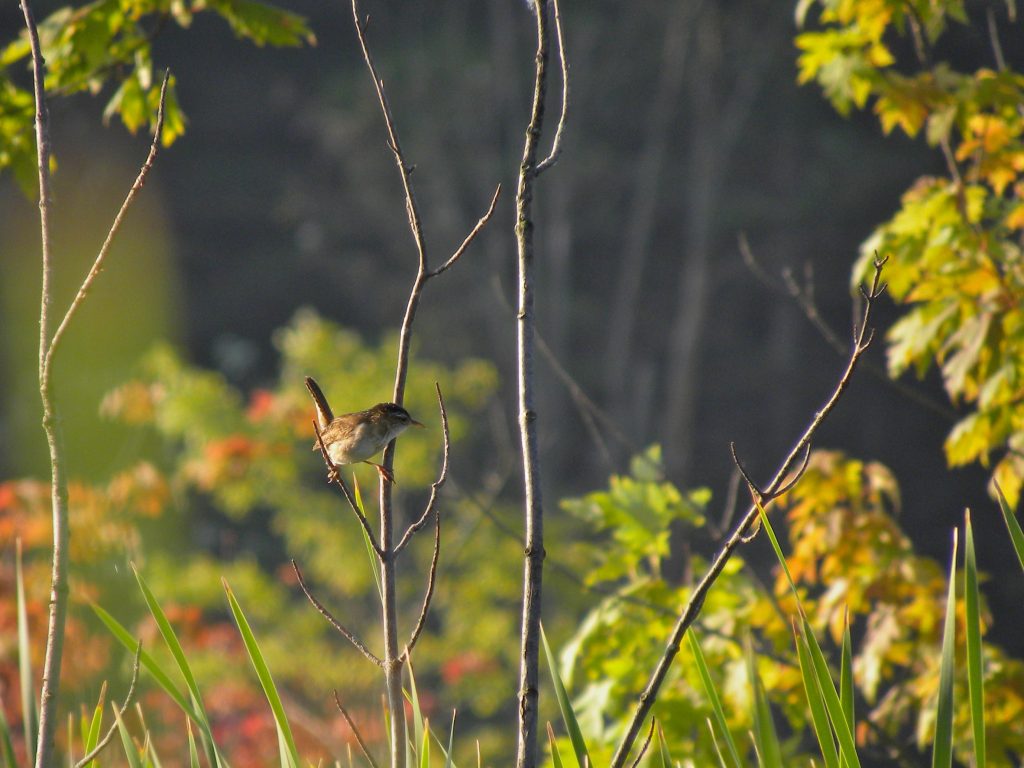
I saw little else as I walked the road across the marsh. I could hear Marsh Wrens, a rather far-off Least Bittern and the banshee song of a Pied-billed Grebe. Any and all of which made the early rising worthwhile. I heard a wet song, the gurgling of something I couldn’t pin down, ‘bugled cluckings’ Pete Dunne calls them, coming from a sparsely vegetated inlet. I backtracked and a duck-sized bird flew up and across the road and, based on a half-second glimpse, I decided it was a probably a Hooded Merganser. I’ve heard female mergansers utter a funny muffled bark when startled and I rationalised that was close to what I’d heard and seen; plausible anyway. Musing self-congratulation for an identification on the run, I peered back to where the supposed merganser had come from and where I could still hear a soft rhythmic clucking, I saw slight movement, not a merganser but something black with red, perhaps a male Red-winged Blackbird, also highly plausible.
And there, well the headline gives it away, peering back at me was a Common Gallinule. A blackish, duck-like bird with a red frontal shield. Here it is, Bird of the Day for any number of reasons.
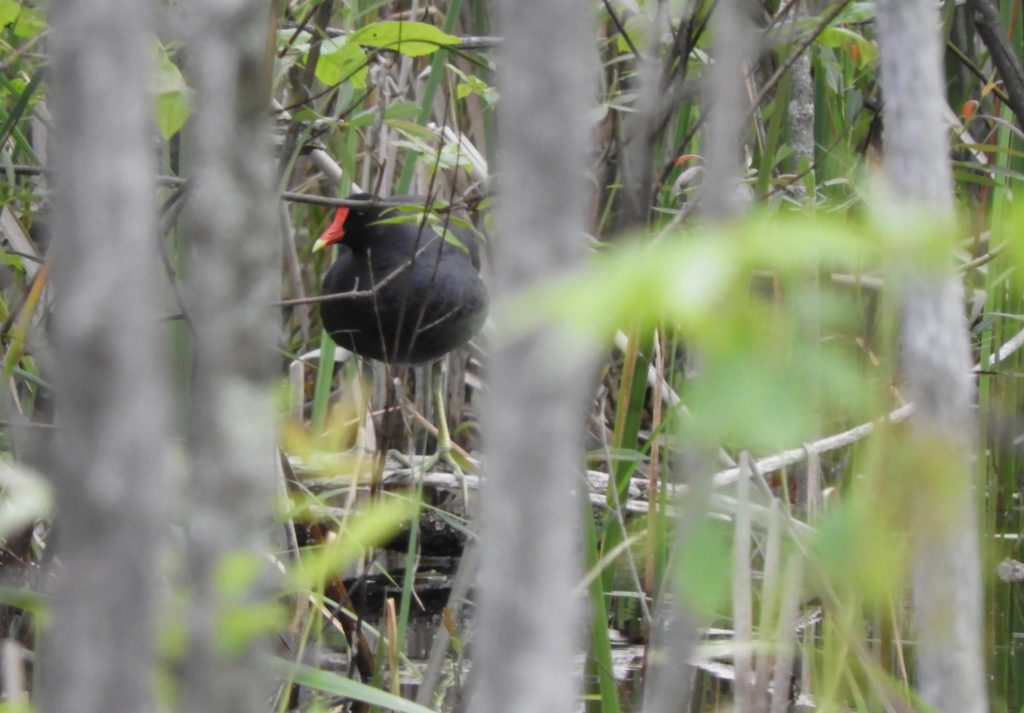
Common Gallinules were for years believed to be the same species as the Common Moorhen of Europe (and my childhood.) But close analysis has shown them to be a distinct species. Various texts and on-line sources seem to imply that Common Gallinules breed in Southern Ontario and, well, they do but are very scarce in my view. I almost never see them, my last encounter was two years ago.
